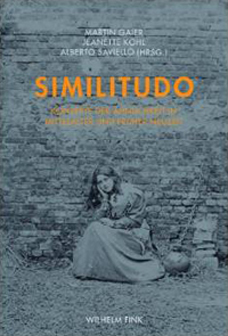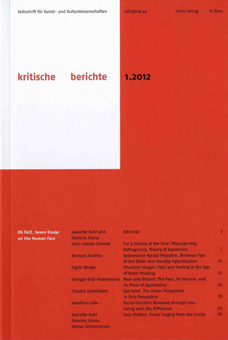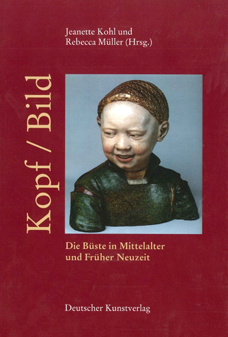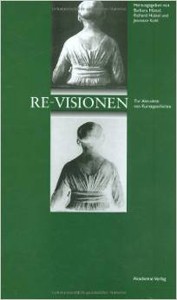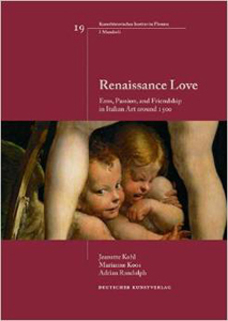
Renaissance Love: Eros, Passion, and Friendship in Italian Art Around 1500
2014, Deutscher Kunstverlag
Love is not blind. On the contrary, love is highly visual and the visual arts above all others have the capacity to enflame its passion – an idea that goes back to Leonardo da Vinci. This volume, ‘Renaissance Love: Eros, Passion, and Friendship in Italian art around 1500’, presents the view of internationally renowned specialists in a collection of studies devoted to the intermeshing of art, love, and attraction. The essays not only provide valuable insights into contemporary research on the subject, but also afford new and surprising perspectives on Italian Renaissance art; in their scholarly approach to the topic they are a long-overdue contribution to the interdisciplinary discourse on love in Italian culture around 1500.
Featured authors: Hans Aurenhammer, Stephen J. Campbell, Elisa de Halleux, Giancarlo Fiorenza, Jeanette Kohl, Marianne Koos, Alessandro Nova, Christopher J. Nygren, Jill Pederson, Ulrich Pfisterer and Adrian W.B. Randolph.

